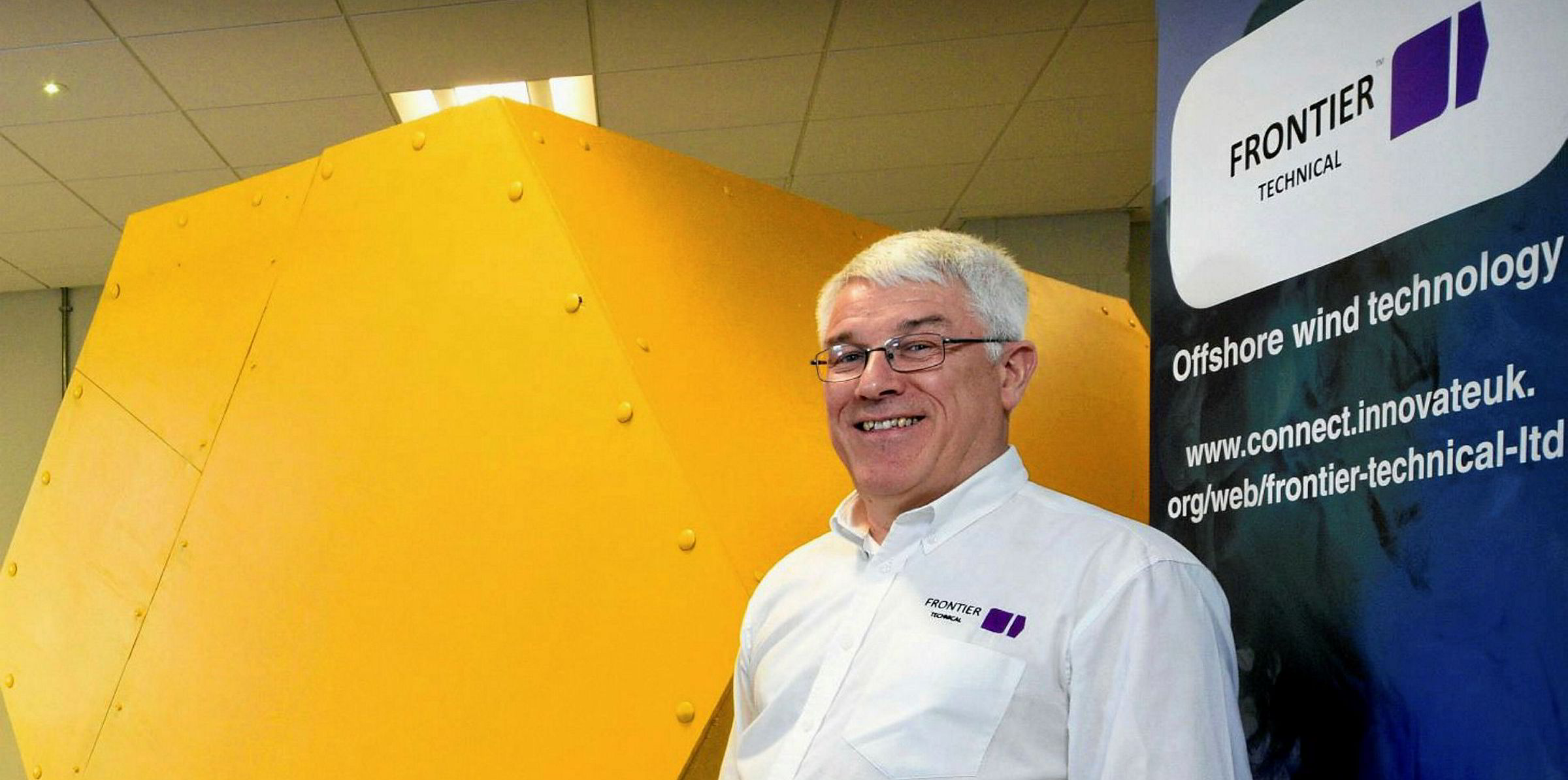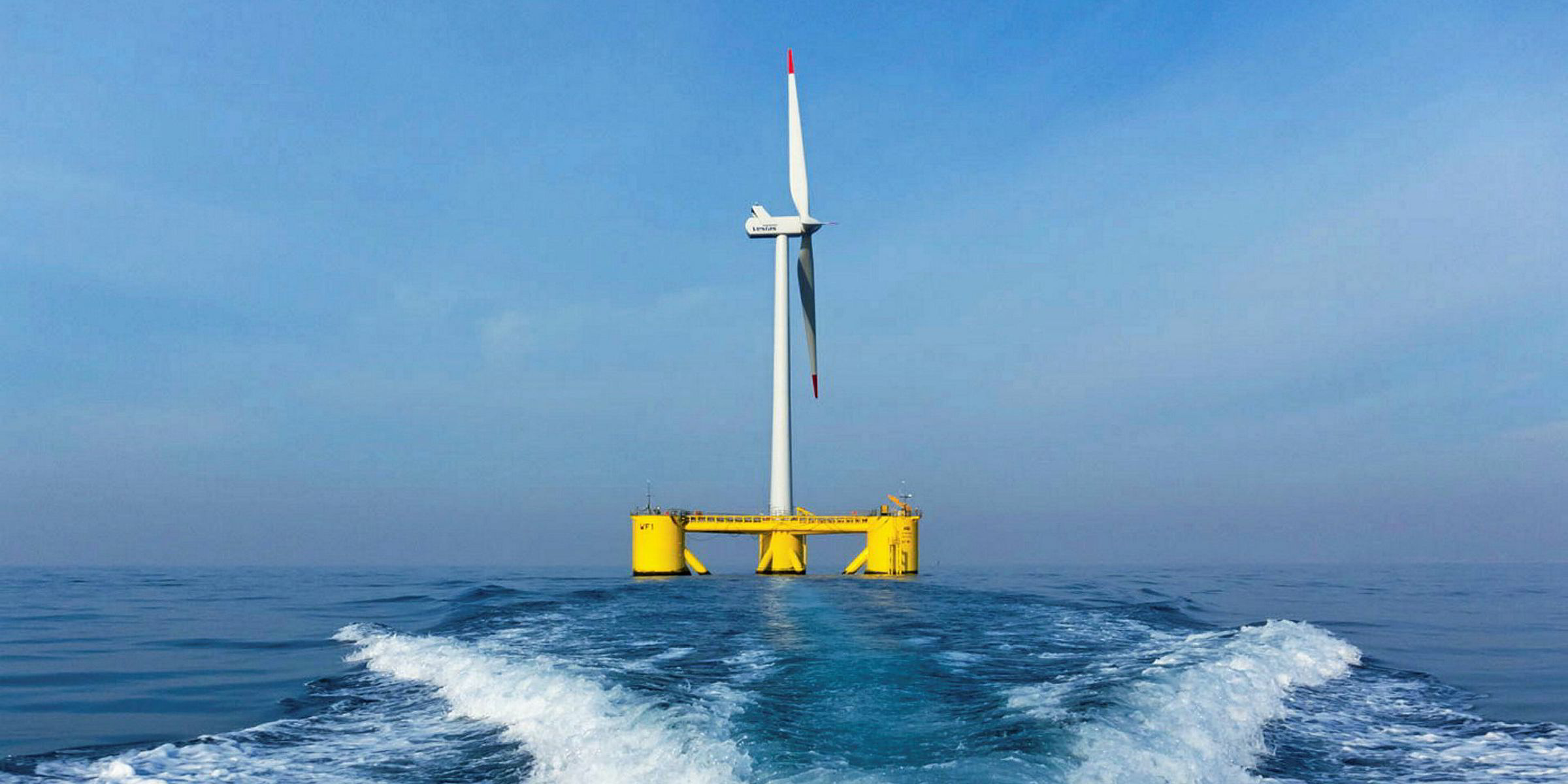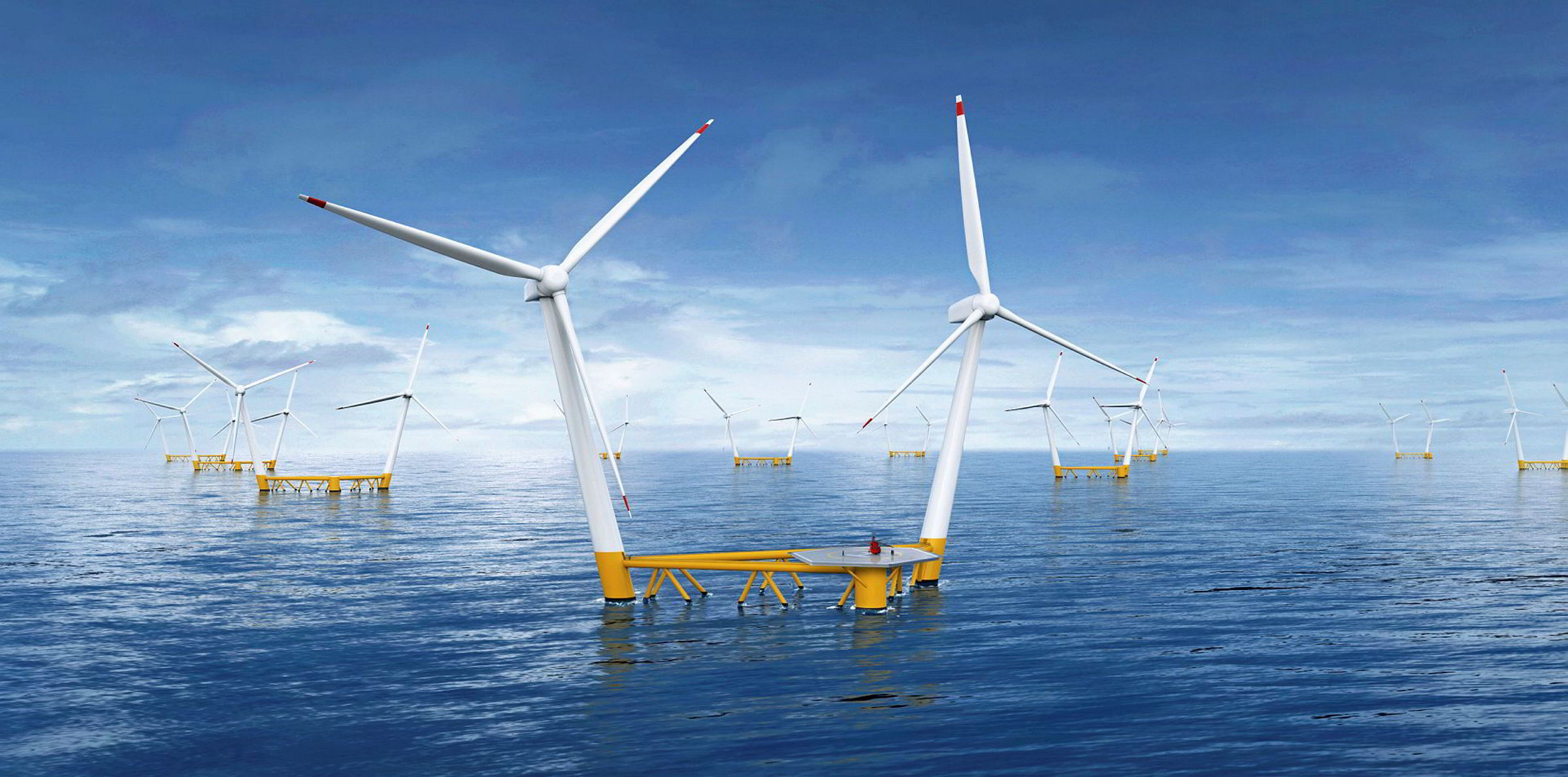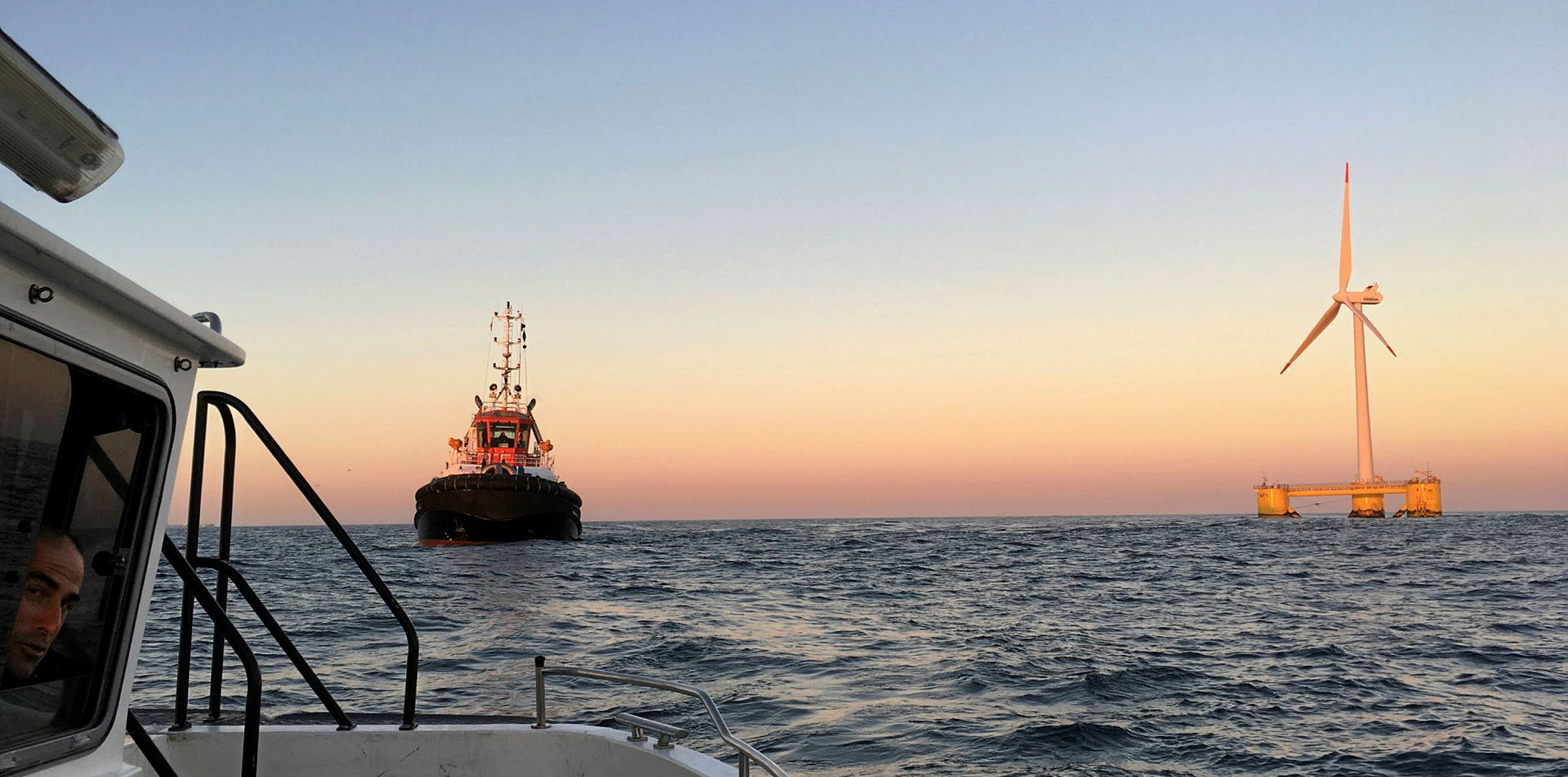A floating offshore wind platform equipped with energy storage that aims to bring renewable power to remote coasts and islands has secured UK government backing for its next stage of development – including researching possible deployment off India.
The Marlin Star project plans to develop modular floating units able to support a turbine up to 2MW in capacity and equipped with battery storage, providing long-term power to coastal communities or sent in as an emergency source after natural disasters.
The platforms would be deployed nearshore in waters too deep for fixed-foundation offshore wind, storing generated power to be exported ashore via conventional cables, or a custom-developed ‘transfer shuttle’ carrying storage modules.
A project consortium led by technology developer Frontier Technical will use funding from the UK’s Energy Catalyst programme to deploy a 15kW turbine on a test platform off Plymouth in southwest England next year, with plans to move to a full-scale 2MW prototype within in the next two years or so.
Frontier Technical managing director Trevor Hardcastle told Recharge Marlin Star offers a renewable energy source for coastal or island communities far from main power grids but with good wind resources in nearshore deep waters, and where solar may not be the best option.
Hardcastle said early studies had identified 30 “superb” locations globally for nearshore floating deployments that would give communities an alternative to dirtier power sources like diesel.
The India-based Energy and Resources Institute will look at deployment potential off Gujarat as part of the £1.4m ($1.7m) project’s next phase, with Durham University investigating wider opportunities in India and Bangladesh.
Hardcastle told Recharge the team had identified locations as diverse as the Philippines, Indonesia, New Zealand, Fiji, Scotland and the US state of Oregon as suitable for deployment.
The key to Marlin Star is the ability of the platforms to be shipped in standard containers for local assembly underwater, with no heavy-lift vessels or major port infrastructure necessary but instead using a ‘subsea tug’ that’s another custom-designed element of the system.
The platforms could be deployed as single or multiple units as required – and Hardcastle stressed that Marlin Star is not comparable to the giant utility-scale deployments envisaged by the likes of Equinor.
“It’ll be our design. We’ve already developed the concepts. Ours will be customised for the point of use. It’s about being able to manage things locally.”
Hardcastle added that it was too early to give details of the density of storage to be used and the cost of power produced by the system.
The Marlin Star consortium also includes the UK’s Offshore Renewable Energy (ORE) Catapult.
Engineering group Francis Brown will work on offshore fabrication while Tension Technology International will develop “an innovative synthetic mooring and anchoring system”.
“The whole system will be capable of riding through hurricanes and typhoons,” said Hardcastle. “There’s a potential market for emergency disaster relief and rental of units as well.”
Stephen Robertson, ORE Catapult’s head of business development, said: “The Marlin Star project is a great example of UK ingenuity and collaboration, with huge potential as a floating wind solution for powering off-grid coastal communities.”




